The CCP Collection of Traditional Asian Musical Instruments, another important permanent exhibit at the Museo ng Kalinangan Pilipino, displays a collection of Philippine and Asian traditional musical (stringed, percussion, woodwind, etc.) instruments. The Asian instruments were acquired by the CCP from 1969 to 1986 through donations by a number of Southeast Asian and East Asian countries.
Indonesia donated a gender barung (14 bronze bars suspended by a cord over sheet iron resonating tubes in a teakwood frame), a bonang barung (12 bronze pots in two rows of six located in square openings in rectangular teakwood), a gender panerus (14 bronze bars suspended by a cord over sheet iron resonating tubes in a teakwood frame), a saron panerus (known by its nickname Peking, it is the smallest saron in the Saron family), a gong ageng (Javanese meaning “large gong”), a gambang (a xylophone-like musical instrument), a saron barung, saron demung and a slenthem (a Javanese metallophone which makes up part of a gamelan orchestra).
South Korea, the latest to donate, contributed an ajaeng (a large bowed zither having 7 strings), a changgo (or janggu, an hourglass-shaped, waisted drum used in traditional music), a taegum (or daegeum, a transverse bamboo flute with a distinctive sound), a komun’go (or geomungo, a traditional stringed musical instrument of the family of zither instruments with both bridges and frets), a hyang-p’iri (a cylindrical, double reed oboe), a tanso (or danso, a notched, end blown vertical bamboo flute), a chi, a kayagun (or gayageum, a traditional zither-like stringed instrument), a hun (a globular flute), a sogum (or sogeum, a small bamboo transverse flute) and a tungso (a comparatively long notched bamboo flute).
From Japan came the shakuhachi (a Japanese end-blown flute) and a biwa (a Japanese short-necked fretted lute, often used in narrative storytelling) while India brought in a tabla (a 2-piece percussion instrument), flutes and a tavil (or thavil, a Southern Indian drum).
The Philippine musical instruments were donated by the late Dr. Lucrecia R. Kasilag, a National Artist for Music and a musical instrument collector for over 50 years. She is particularly known for incorporating indigenous Filipino instruments into orchestral productions.

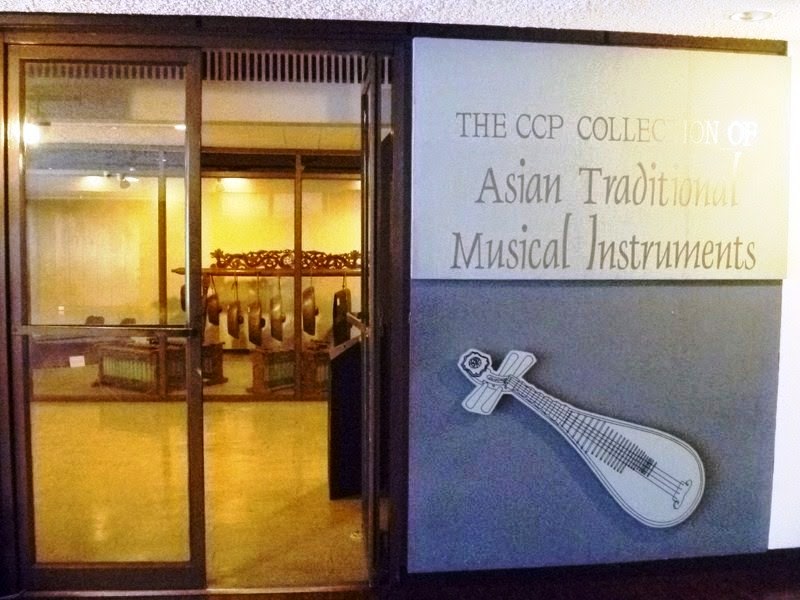

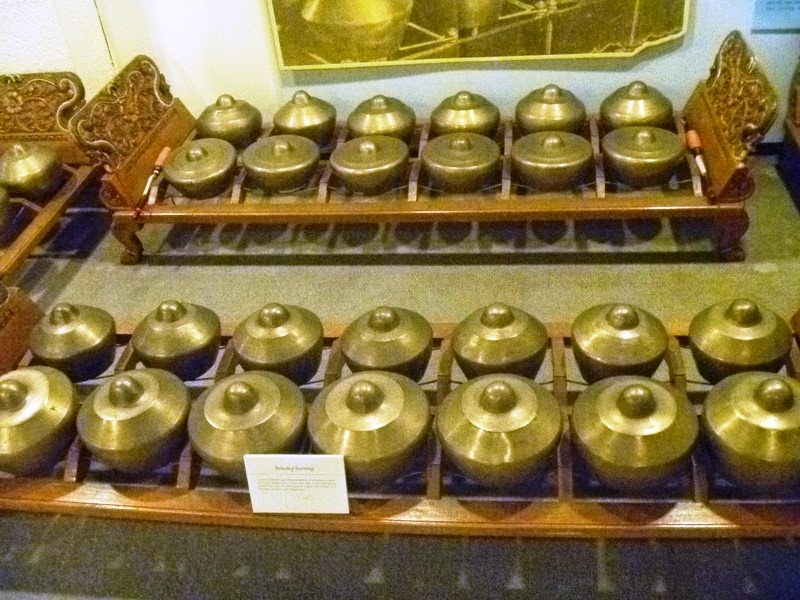
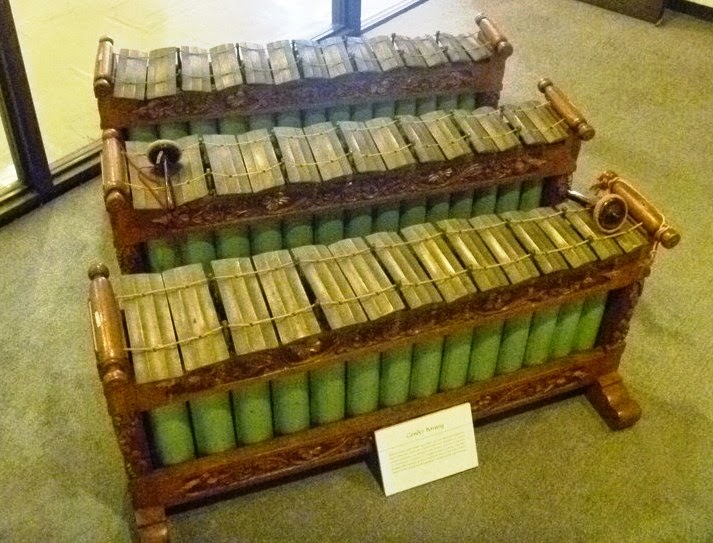
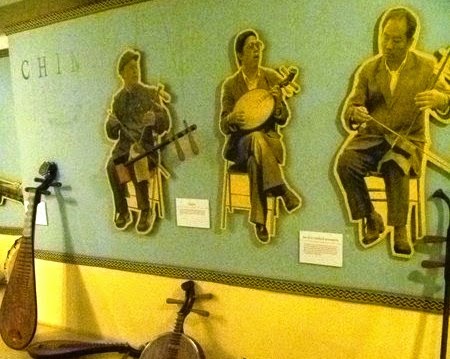
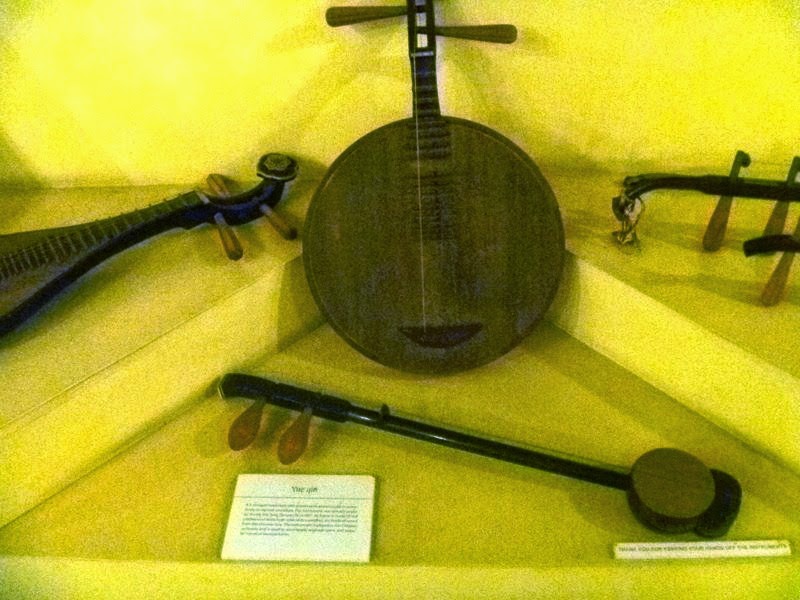
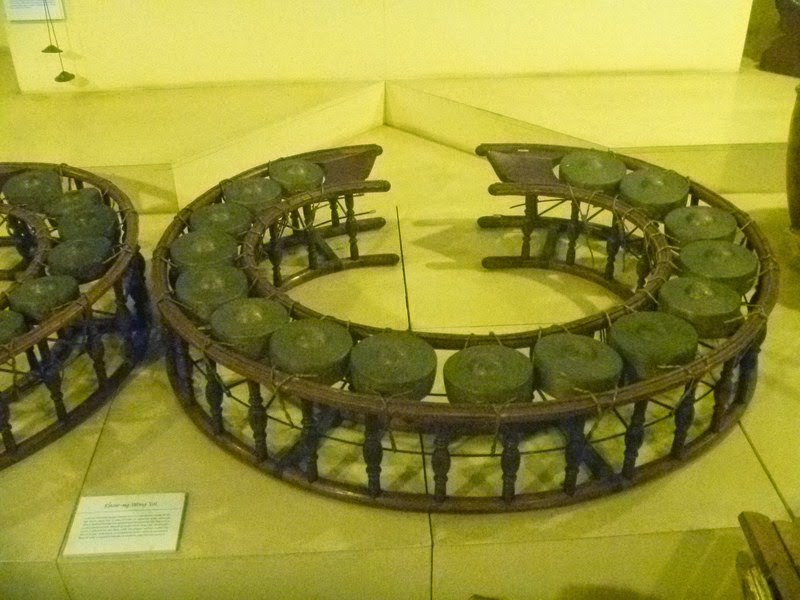
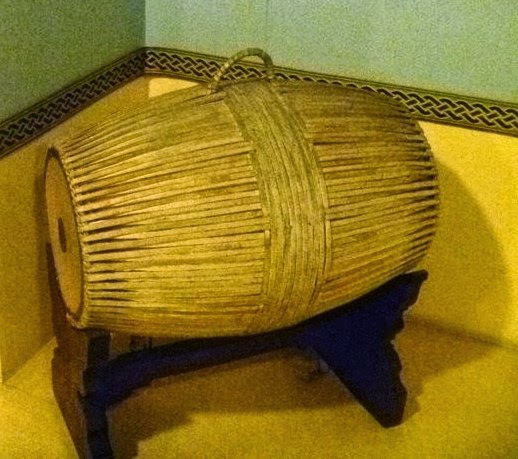
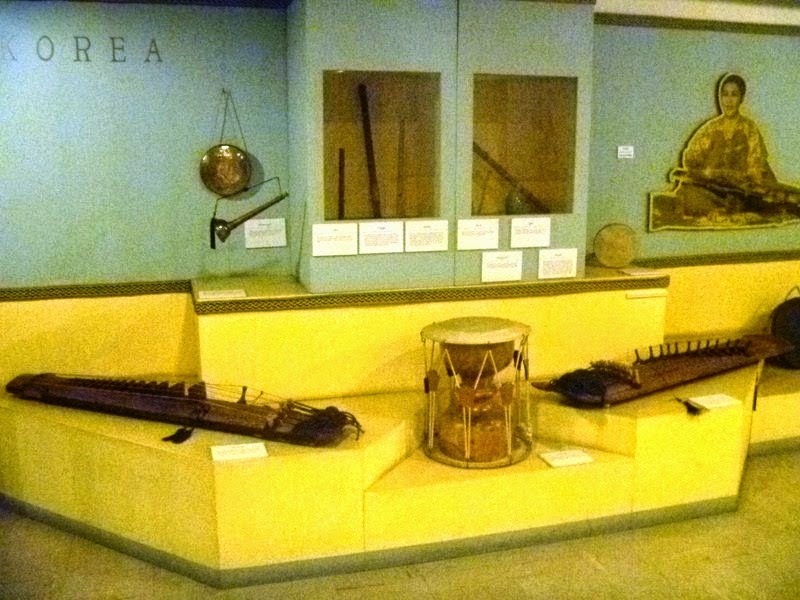
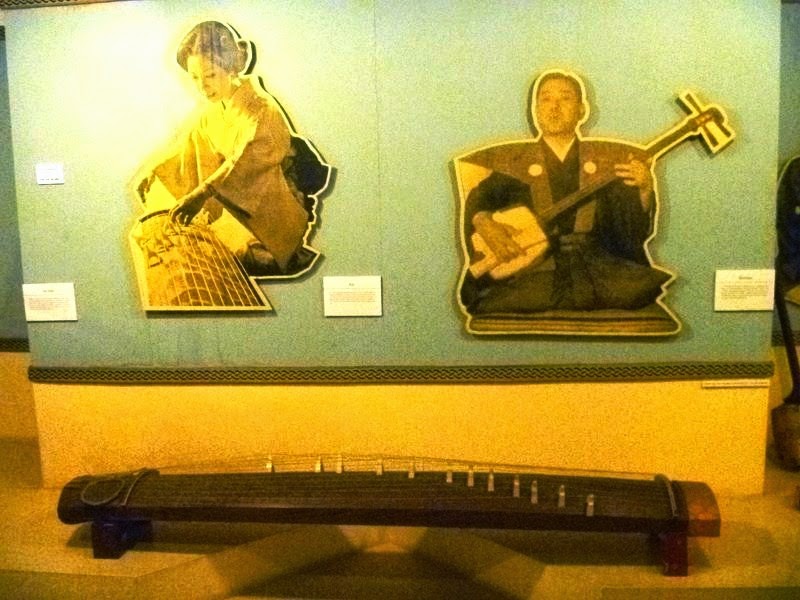
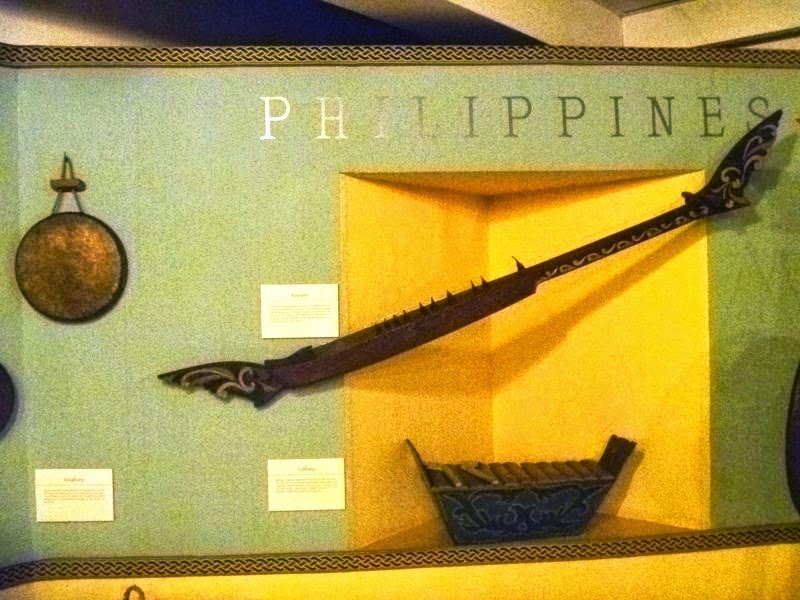
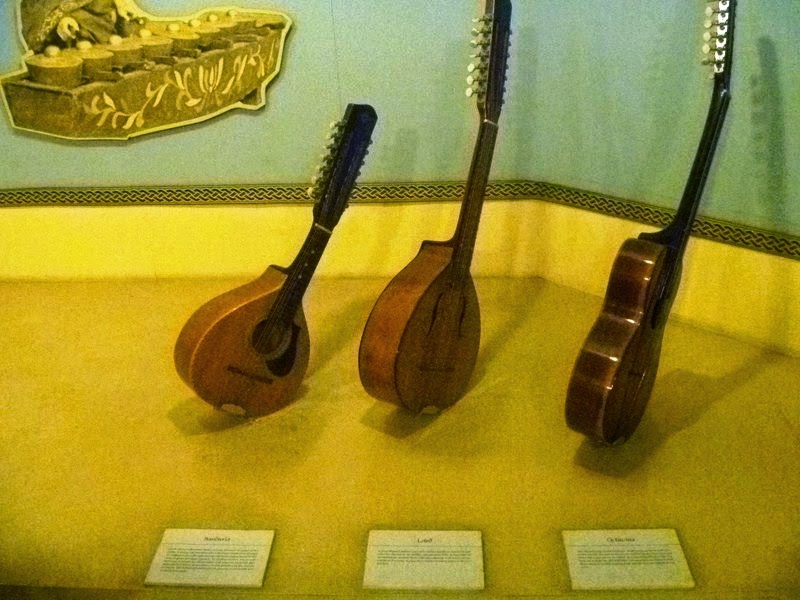
Hey! I understand this is sort of off-topic however I needed to ask.
Does running a well-established blog such as yours require a large amount
of work? I’m completely new to operating a blog but I do write in my diary daily.
I’d like to start a blog so I can easily share my own experience and feelings online.
Please let me know if you have any recommendations or tips for brand new aspiring blog owners.
Appreciate it!